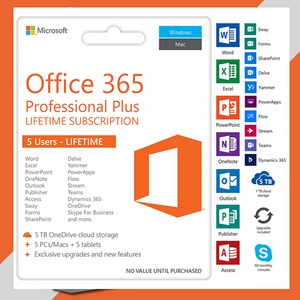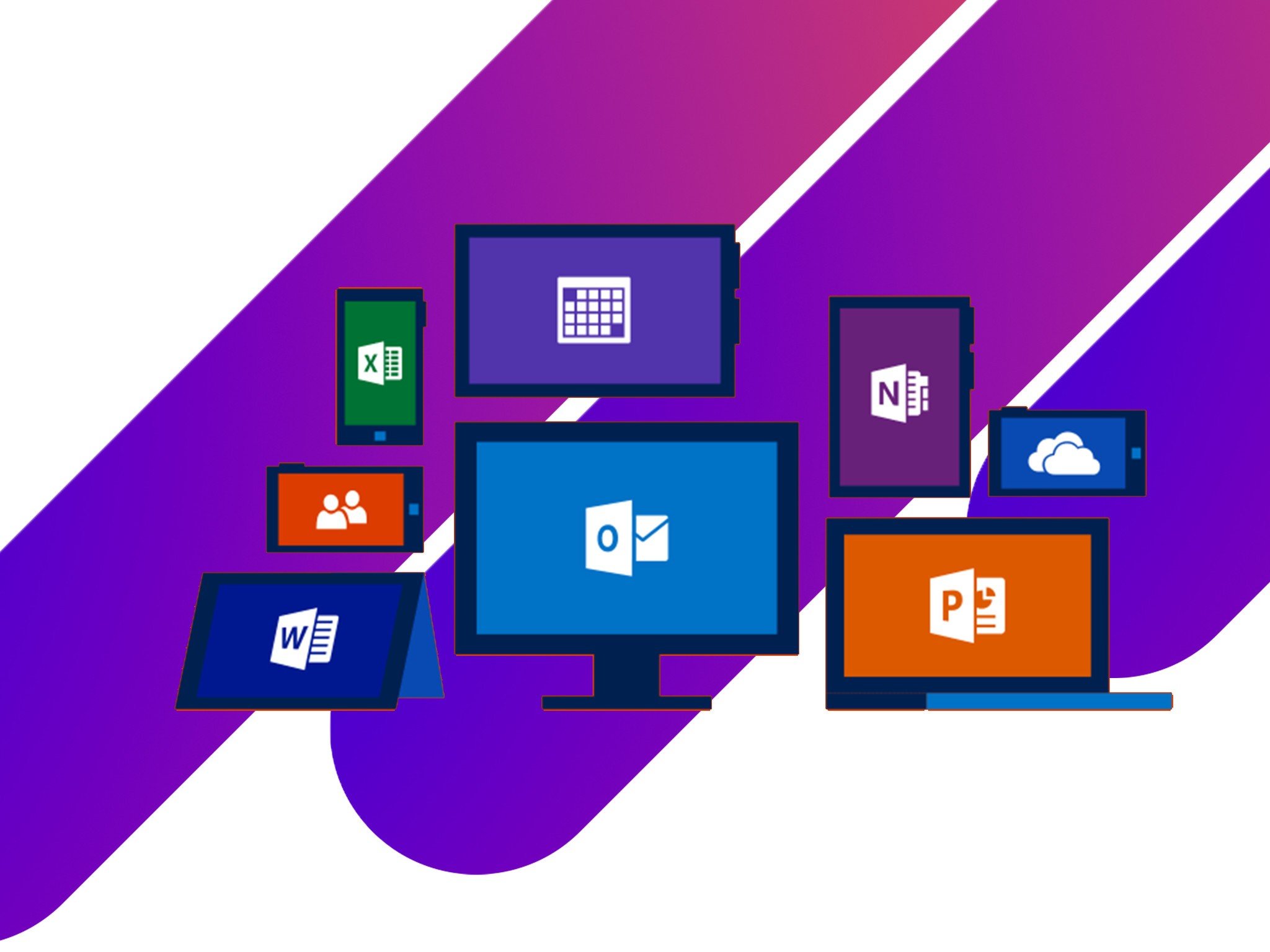Hi,everything is almost setup like it should. Nps radius logs. Nothing is different about this process except for the creation of accounts using MAC addresses, they are otherwise equivalent to any other AD account. I enrolled an IAS template for the NPS. I also tried the Domain Controller template.When using a CA generated cert, the WiFi client is hanging during auth until timeout. But currently it's only working with self singed certificates (ugly fingerprint warnings on clients).I created a CA on the Domain Controller but when I use a generated cert from it, the NPS is not working anymore.
Office Home & Student 2019 for Mac or Office Home & Business 2019 for Mac is a one-time purchase (not a subscription) for installation on one Mac only. Note: If you choose to upgrade to Office 365 or Office 2019 for Mac, you'll simply need to remove the existing Office 2016 for Mac license, but you won't need to remove your Office apps. The Windows 10 Home operating system offers built-in security and apps like Mail, Calendar, Photos, Microsoft Edge, and more to help keep you safe and productive. Licensed for 1 PC or Mac. You can purchase Office 365 subscriptions for both Mac and Windows. Office Home & Business 2019 or Office Home & Student 2019 are also available for Mac as a one-time purchase. Office applications available for a Mac are Word, Excel, PowerPoint, Outlook, and OneNote. The Publisher and Access applications are not available for Mac.
-->
Applies to:Office for Mac
This article is for IT administrators and discusses frequently asked questions about the availability of Office from the Mac App Store, and the differences between downloading and distributing Office apps directly from Microsoft.
Starting in January 2019, the following Office applications are available for download from the Mac App Store:
- Microsoft Word
- Microsoft Excel
- Microsoft PowerPoint
- Microsoft Outlook
- Microsoft OneNote*
- Microsoft OneDrive*
* These apps were also available from the Mac App Store in previous years.
What version of Office is available from the Mac App Store?
The Office apps available from the Mac App Store provide the very latest production version of Office on the Mac. Word, Excel, PowerPoint, and Outlook require an Office 365 subscription to activate. OneNote and OneDrive do not require an Office 365 subscription, but some premium features may require an Office 365 subscription. All apps are compatible with Office 365 subscription plans, such as Office 365 A3, Office 365 A5, Office 365 Enterprise E3, Office 365 Enterprise E5, and Office 365 ProPlus.
Note
Some Office 365 subscriptions don't include access to downloadable Office apps. For example, the Office 365 A1, Office 365 Enterprise E1, and Office 365 F1 plans. For more information, see Office 365 plans.
Can I use apps from the Mac App Store with my Volume License?
No. Perpetual licenses, including Office 2019 and Office 2016, are not supported with Office apps available from the Mac App Store. The Volume License (VL) Serializer is not compatible with these apps. Attempts to use a perpetual license with Mac App Store apps will cause the apps to enter reduced functionality mode.
How do I deploy Office apps from the Mac App Store to computers in my organization?
You need an enterprise mobility management (EMM) tool that supports either Apple's Volume Purchase Program (VPP), Apple Business Manager, or Apple School Manager. For example, Jamf Pro is compatible with these programs and can be used to deploy Office apps. Office supports managed distribution, which allows your Mobile Device Management (MDM) server to install Office even when the user does not have an Apple ID. Office apps cannot be distributed through redeemable codes.
While a consumer may acquire Office through the Mac App Store as a bundle with a single-click download, IT admins will need to deploy the individual apps.
When deployed through the Mac App Store, does Office behave differently, or provide less functionality?
Word, Excel, PowerPoint, Outlook, and OneNote provide the same end-user functionality regardless of how it is deployed. IT admins have traditionally deployed Office from Microsoft's Content Delivery Network (CDN), but now have the option of deploying from the Mac App Store.
The OneDrive app, when acquired from Microsoft's CDN, offers IT admins more deployment flexibility such as pre-enabling icon overlays and system access. When acquired from the Mac App Store, users will see additional prompts to enable this functionality.
The Office builds available from the Mac App Store are production builds and are usually updated on a monthly basis. The Office Insider program is not supported through the Mac App Store. If you wish to use the Insider Slow or Fast channels, you should continue to install Office apps from the Microsoft CDN.
Microsoft Teams and Skype for Business are not available through the Mac App Store and must be deployed from the Microsoft CDN.
How do Office updates occur?
When Office apps are deployed through the Mac App Store, it is the sole responsibility of the App Store to keep those apps up-to-date. Conversely, apps deployed from Microsoft's CDN are updated through the Microsoft AutoUpdate (MAU) tool. Content caching services in macOS can be used (and is highly recommended) to optimize both the installation and update process of Office apps acquired through the Mac App Store.
The download size of monthly update packages is the same, regardless of whether the CDN or Mac App Store is used for deployment.

Can I convert an existing CDN-based Office installation to Mac App Store?
If a user launches the App Store app on their Mac, they may see that Office apps are available for download even though Office is already installed from Microsoft's CDN. Depending upon the currently installed Office build, and the build available in the Mac App Store, the existing app may or may not get overwritten. For example, if the build of Office currently installed is newer than what is available from the Mac App Store (such as an Insider build), it will not be overwritten if the user chooses to download the Mac App Store build.
There is no automated process for performing a CDN to Mac App Store conversion. Depending on your EMM's capabilities, you may be able to orchestrate the process through a script. The high-level steps for each Mac are as follows:
- Close all Office apps
- Remove the Office apps from the /Applications folder
- Remove the Office entries from the keychain
- Remove the Office package registrations (
pkgutil --forget) - Trigger the MDM server to install the Office apps (such as
jamf recon)
While CDN-based installations of Office can utilize the bandwidth-optimized suite installer, which is approximately 1.8 GB in size, the total size of the same apps when deployed through the Mac App Store is approximately 4 GB.
How can I tell if an Office app was downloaded from the Mac App Store?
- Open Finder, and navigate to the Applications folder
- Locate the Office app (such as Microsoft Outlook.app), control-click, and choose Show Package Contents
- Navigate into the Contents folder
- If a folder named
_MASReceiptis present, the app was downloaded from the Mac App Store
How do I manage Office policies and preferences with apps downloaded from the Mac App Store?
Word, Excel, PowerPoint, Outlook, and OneNote offer the same policies and preferences as their CDN-based counterparts. IT admins do not need to alter existing Configuration Profiles as the bundle ID for each app is unchanged.

Note
OneNote does use a different bundle ID, and different management controls are available depending on how you obtain the app. For more information, see Deploy and configure the new OneDrive sync client for Mac.
It is highly recommended that IT admins set the OfficeAutoSignIn value to TRUE in the com.microsoft.office preferences domain. For new installations from the Mac App Store, this preference will bypass the first run dialogs that ask users if they wish to purchase a new Office 365 subscription. This will mitigate calls to the help desk in commercial environments as users can only activate an existing subscription.
Today’s post was written by Kirk Koenigsbauer, corporate vice president for the Office Client Applications and Services team.
Today we are taking a big step forward for Mac® users—Office 2016 for Mac is now available in 139 countries and 16 languages. Based on feedback from the great Mac Office community, we’ve made major updates to each of the apps, and we couldn’t be more pleased to deliver it first to our Office 365 customers.
Unmistakably Office, designed for Mac
The new versions of Word, Excel, PowerPoint, Outlook and OneNote provide the best of both worlds for Mac users—the familiar Office experience paired with the best of Mac.
Microsoft For Mac
If you already use Office on a PC or iPad, you will find yourself right at home in Office 2016 for Mac. It works the way you expect, with the familiar ribbon interface and powerful task panes. Mac users will appreciate the modernized Office experience and the integration of Mac capabilities like Full Screen view and Multi-TouchTM gestures. With full Retina® display support, your Office documents look sharper and more vibrant than ever.
Office for Mac is cloud-connected, so you can quickly get to the documents you’ve recently used on other devices and pick up where you left off. New, built-in document sharing tools make it easy to invite teammates to work on a document together. When sharing documents, you won’t have to worry about losing content or formatting, as Office for Mac offers unparalleled compatibility with Office on PCs, tablets, phones and online.
Five modern, first-class applications
Microsoft Windows 365 For Mac Free
Word for Mac—Word’s powerful writing and reviewing tools make it easy to create great-looking documents. The new Design tab lets you easily apply designer-quality layouts, colors and fonts throughout your document. You can work on the same document simultaneously with your teammates and use threaded comments to have a conversation right next to the corresponding text.
Excel for Mac—The new Excel for Mac helps you visualize your information by recommending charts best suited for your data with chart previews. Familiar keyboard shortcuts, autocomplete and an improved formula builder save you time when creating spreadsheets or entering data. For deeper analysis, new PivotTable Slicers help you filter large volumes of data and discover patterns.
In Mail, Groups are located under the Groups node for your account. In Calendar, Groups are located after calendar folders for your account. Moving microsoft user data folder mac. Ignore ConversationDelete all messages in a conversation, including messages already received and any new messages. Nested compose in the Reading PaneReply to messages without opening a new compose window. Select Reply, Reply All, or Forward in the Reading Pane, Toolbar, or Message menu or use keyboard shortcuts Command+R, Shift+Command+R, or Command+J.

PowerPoint for Mac—PowerPoint’s improved Presenter View gives you full control when you present by showing you the current slide, next slide, speaker notes and a timer on your Mac screen, while the audience only sees your presentation on the big screen. The new animation pane helps you design and fine-tune animations, and the latest set of slide transitions add polish to your presentations.
Windows 365 Login
Outlook for Mac—Managing your email, calendar, contacts and tasks has never been easier. The new Outlook for Mac has push mail support so your inbox is always up-to-date. The improved conversation view automatically organizes your inbox around threaded conversations, so you won’t have to hunt for related messages. And the new message preview shows you the first sentence of an email just below the subject line so you can quickly decide if you want to read it now or come back later.
OneNote for Mac—OneNote is the newest addition to Office for Mac. You can capture your ideas in digital notebooks and access them on any device. Find things quickly with the OneNote search engine that tracks your tags, indexes your typed notes and recognizes text in images and handwritten notes. Bold, italicize, underline or highlight notes, insert files, pictures and tables and organize your notes however you want. You can also share notebooks with friends, family or colleagues so everyone can work together on travel plans, household tasks or work projects.
Made better by Mac users
The customer participation in our Office for Mac preview since its launch in March exceeded our expectations, making it our largest Office for Mac beta ever. Many thanks to everyone who participated in the preview program and helped us improve the product.
Mac preview participants provided us with over 100,000 pieces of feedback. Based on this feedback, we released seven updates in four months with significant improvements in performance and stability. We also added features like improved Mail Merge in Word, Propose New Time in Outlook and support for External Data Connections in Excel.
And the best news is that Office for Mac will continue to see ongoing improvements over time. We plan to release updates and new features for Office 365 customers at least once per quarter.
Available today for Office 365 customers
Office 365 subscribers can get the newest version of Office for Mac today. All you need is an Office 365 subscription (Office 365 Home, Personal, Business, Business Premium, E3 or ProPlus), which includes the rights and access to use Office applications on Mac, Windows, iOS and Android devices, along with additional value in OneDrive and Skype.
Here are a few different ways to get Office 2016 for Mac today:
- Already an Office 365 customer? On your Mac, just browse to your account page (office.com/myaccount), sign in and follow the installation instructions. If you have Office 365 through your organization, go to portal.office.com/OLS/MySoftware.aspx.
- Are you a student? You may get Office 2016 for Mac for free or at a substantial discount. It takes only 30 seconds to find out at office.com/student.
- Otherwise, go to office.com/mac or buy an Office 365 subscription at your local retailer.
Office 2016 for Mac will become available as a one-time purchase option this September.
We hope you’re as excited as we are about the new Office for Mac. It’s one of many important releases this summer where we are improving the Office experience across devices and platforms. We released Word, Excel and PowerPoint for Android phones just two weeks ago, which join Outlook and OneNote for Android phones, and we are just weeks away from delivering Office Mobile apps for Windows 10.
Please keep sending us your feedback and suggestions, and we will continue to improve your Office experience.
—Kirk Koenigsbauer
*Apple, Mac, Retina and Multi-Touch are registered trademarks of Apple Inc.